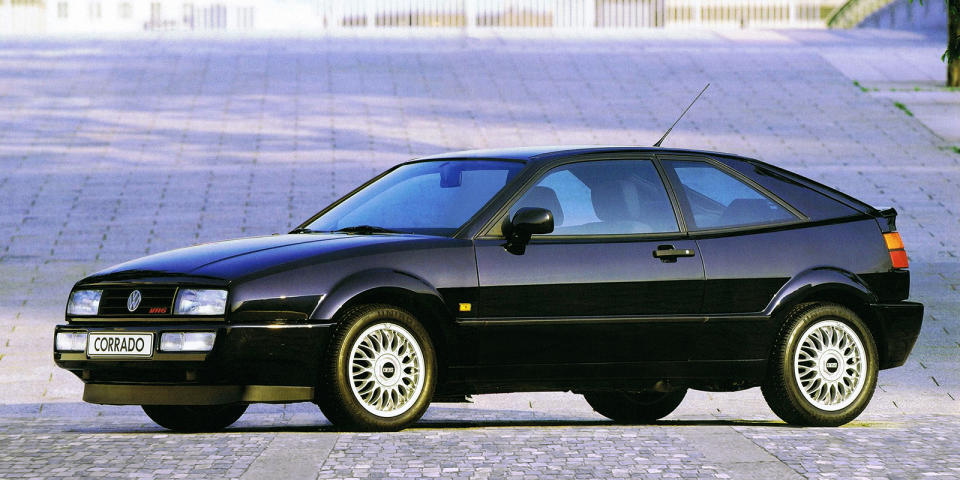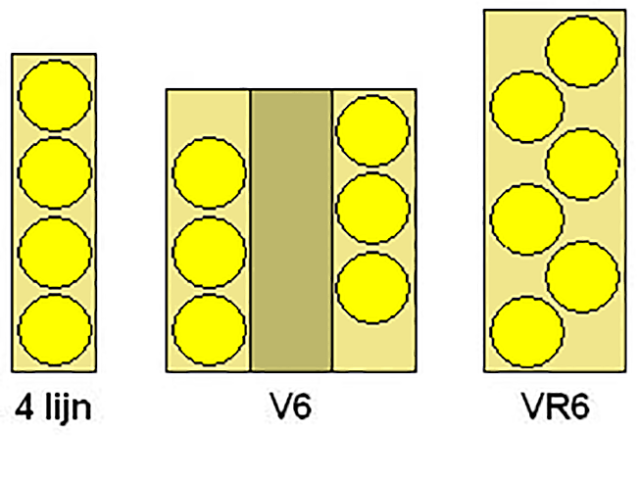Why Volkswagen's Legendary VR6 Is Dying

When it debuted in the early 1990s, Volkswagen's VR6 engine was pretty revolutionary. By arranging six cylinders in a zig-zag pattern on one cylinder head, VW managed to put V6-level power in an engine not much larger than an inline-four. The VR6 made memorable appearances in various VW performance cars like the Corrado, various Golf models, gaining a cult following in the process.

Today, the VR6 is still used in the VW Atlas SUV, the Passat, and the Porsche Cayenne, but, sadly, this configuration is on its way out. YouTubers Engineering Explained and the Humble Mechanic detail why in this new video.
Essentially, the turbocharged inline-four is making the VR6 obsolete by offering similar power with better fuel economy in a smaller, lighter package. The VR6 was developed before turbo technology helped make torquey, powerful four-cylinders with minimal lag and good reliability. In its day, that made the VR6 useful in performance cars, but now, it's an engine without much of a purpose.
In the VW Atlas, for example, the VR6 doesn't offer that much more torque than its four-cylinder companion, and its power band is narrower. Currently, you can't even get a new VW with a VR6 engine in Europe.
The VR6 isn't totally dead, though. Bentley's W12 engine is basically two VR6s arranged in a V and connected to a common crank. So, if you're sad that you can't buy a Golf with a VR6, buy a Continental GT, I suppose.
You Might Also Like

 Yahoo Autos
Yahoo Autos 